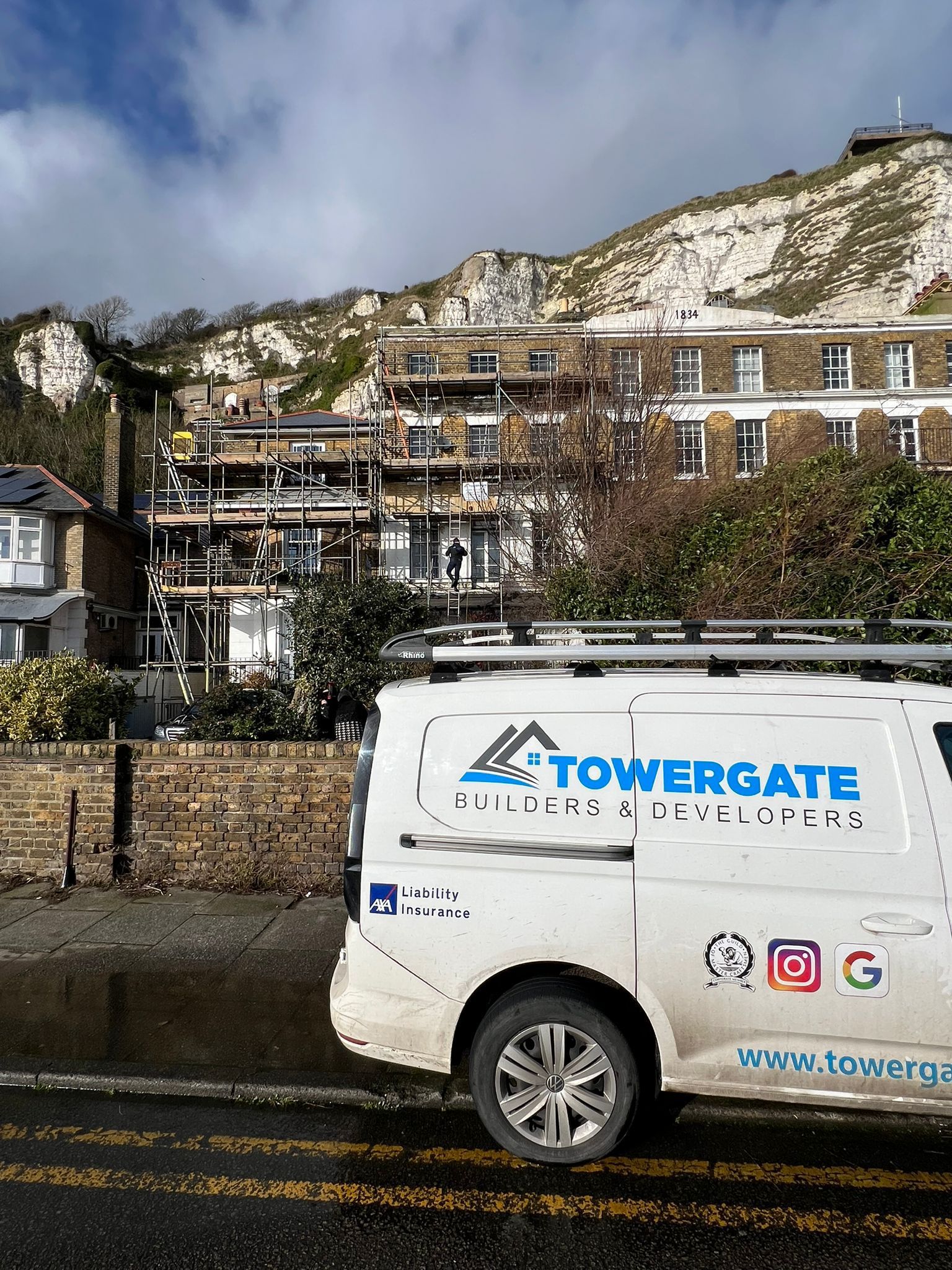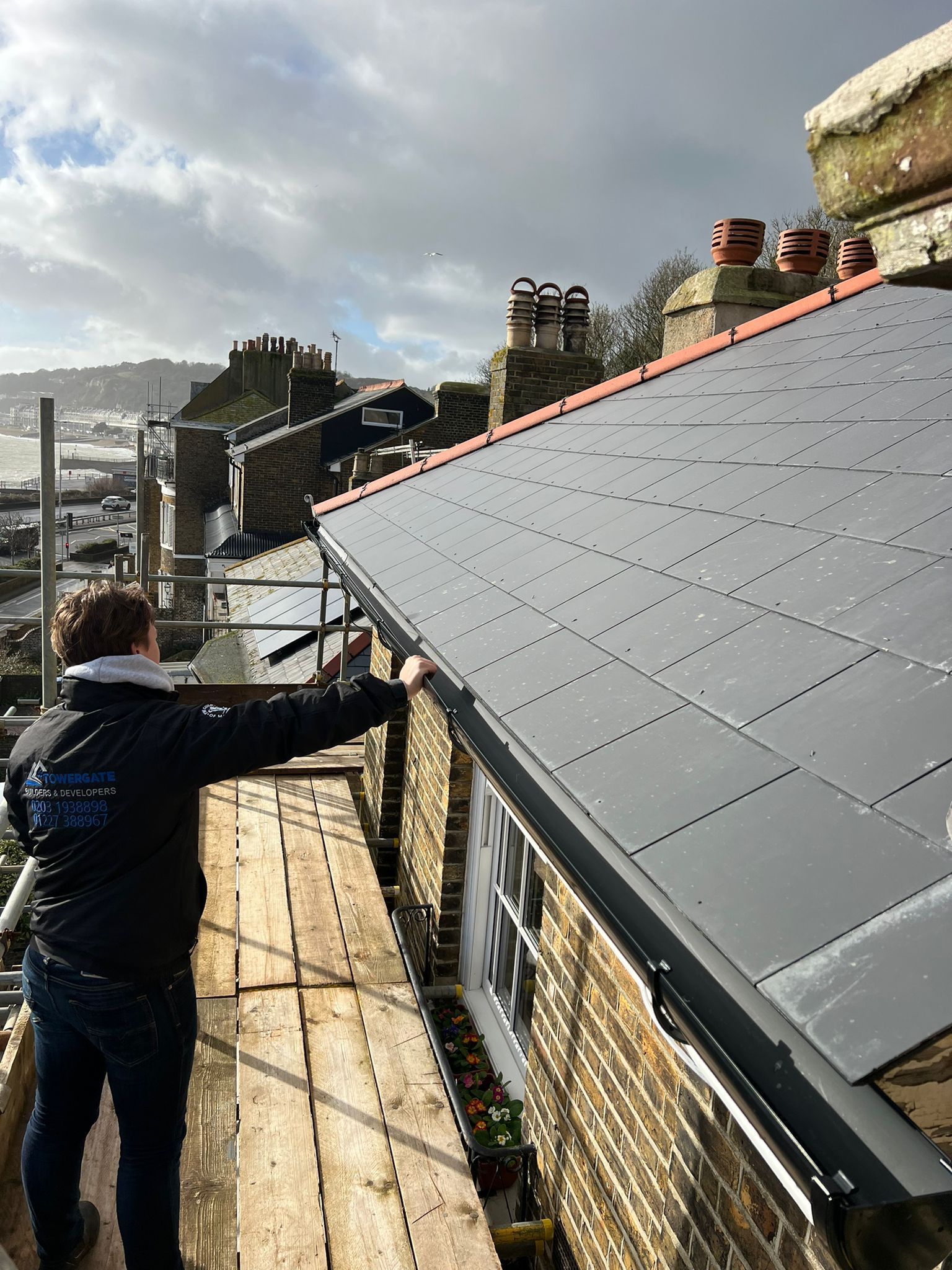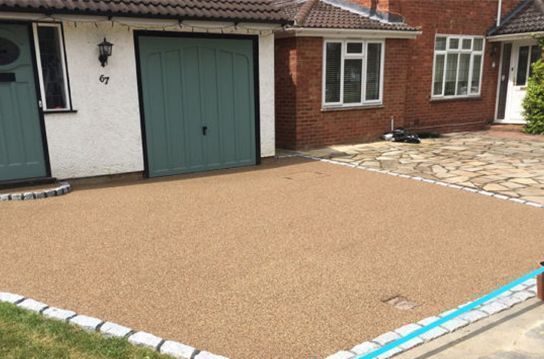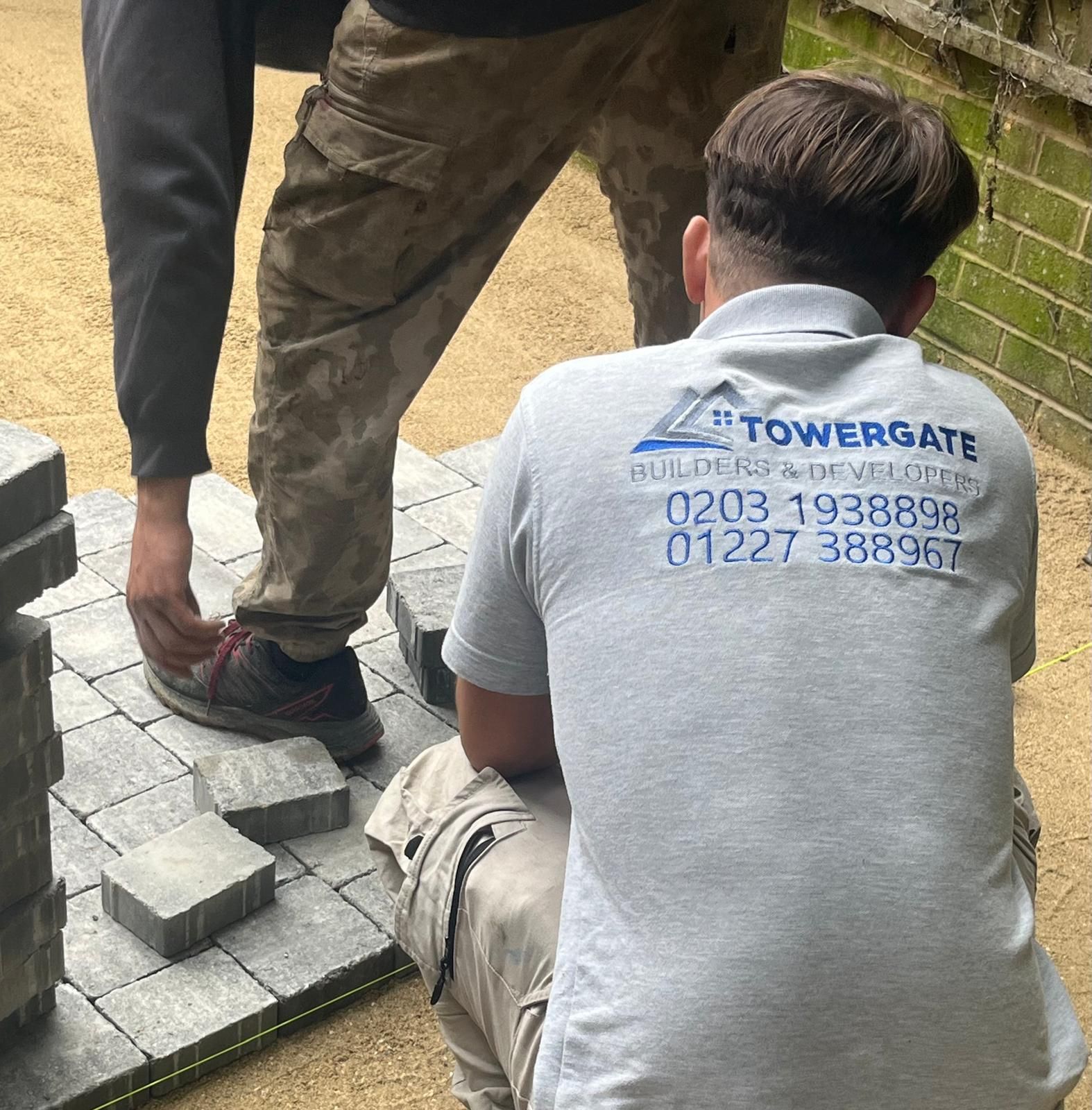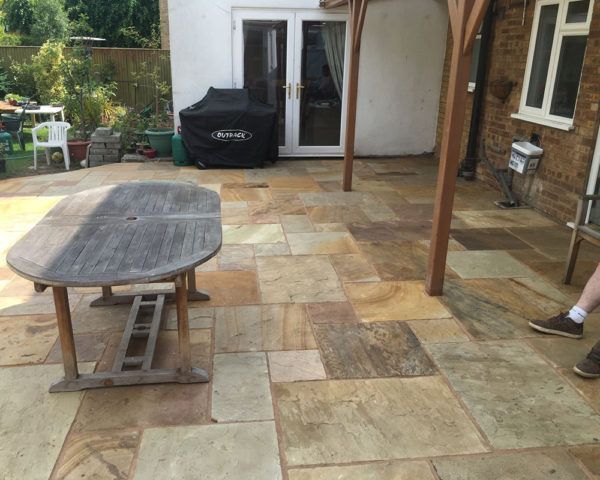How to Spot Signs You Need a New Roof
Keeping your home safe, warm, and dry is every homeowner’s top priority, and your roof plays an essential role in achieving this. However, over time, roofs endure considerable wear and tear from the elements, potentially compromising their functionality. While it might not always be obvious that your roof needs replacing, knowing the signs can save you money and prevent more extensive damage. In this article, we'll explore the key indicators that it might be time to invest in a new roof.
Why Maintaining Your Roof Matters
Your roof serves as the first line of defence against weather, protecting your home from wind, rain, and even sunlight. A compromised roof can lead to leaks, energy inefficiency, and structural issues. Addressing the signs early could mean the difference between a simple repair and a more costly replacement.
At Towergate Builders & Developers, we’ve worked with countless UK homeowners managing roof repairs and replacements. Drawing on years of experience, we’ve compiled this guide to help you understand when it’s time to act.
Visible Damage to Roof Tiles
Damaged or missing roof tiles are one of the most obvious signs that your roof needs attention. Rain, snow, and wind can cause tiles to crack, loosen, or even fall off, leaving areas of your roof exposed to the elements.
To spot damage:
- Stand at a safe distance to check for uneven patches, gaps, or visibly missing tiles.
- After a storm, check for debris on the ground around your property. Broken or fallen roof tiles are a strong indication of damage.
If you notice consistent damage across a large section of your roof, repairs may no longer be enough, and a replacement could be necessary.
Water Damage and Roof Leaks
Water ingress is a critical warning sign. If water is making its way into your home, your roof has likely been compromised. Signs of water damage include:
- Stains or damp patches on your ceilings or walls.
- Mould or mildew growth in your loft or upper floors.
- Dripping water during or after rain.
While minor leaks can sometimes be repaired, recurring or significant water penetration often indicates your roof is nearing the end of its lifespan. To prevent further structural damage, don't delay in addressing leaks.
Ageing Roof Materials
The age of your roof is a crucial factor in determining whether it needs replacement. In the UK, a typical pitched roof with slate or tile can last anywhere from 50 to 100 years, depending on maintenance and material quality. Felt roofs, common on flat designs, generally last around 10-20 years.
If your roof is nearing the end of its natural lifespan, it may no longer provide the protection your home needs, even if damage isn’t visibly apparent yet. Investing in a new roof not only enhances your home's value but also ensures its long-term safety.
Sagging or Uneven Areas
A roof that's beginning to sag or droop signals serious structural issues. Often caused by underlying water damage or weakened roof supports, sagging can lead to roof collapse if left unaddressed.
Inspect your roofline to see if it remains straight. If you notice dips, curves, or buckling, you should consult a professional roofer immediately. Repairing structural damage is highly complex and typically requires a full roof replacement.
Moss, Algae, and Vegetation Growth
While moss or algae might give your home a rustic appearance, it’s one of the least desirable sights for your roof’s health. Moss thrives in damp, shaded conditions and can trap moisture against roof tiles, leading to premature deterioration. This retained moisture may eventually seep into your home, causing leaks and rot.
Removing moss and vegetation promptly may extend your roof’s lifespan, but significant or repeated moss coverage often signals underlying problems. A professional assessment may determine if a replacement is the best course of action.
Increasing Energy Bills
A poorly functioning roof can also affect your home’s energy efficiency. If your roof isn’t properly insulating your home, you may notice an increase in your energy bills as heat escapes during the winter and seeps in during the summer.
Check your loft insulation and ventilation as well. If you’ve addressed these areas but still notice high energy costs, the roof could be the culprit. Replacing your roof with modern, energy-efficient materials can make a noticeable difference to your household budget over time.
Daylight Coming Through the Roof
One of the easiest ways to check the condition of your roof is to take a look inside your loft. Turn off all lights and look upwards; if you see daylight streaming in through gaps, it's a strong sign your roof has holes or gaps in coverage.
Light coming through may not immediately mean your roof needs replacing, but it’s certainly a sign that repairs are urgently needed. Neglecting these gaps can lead to water ingress and further structural degradation.
Granules in Your Gutter System
Flat roofs, or tiled if done with asphalt, shed granules over time, and this debris will often collect in your rain gutters. Check your guttering for significant amounts of granular material—if this is a recurring problem, it indicates your roof's surface materials are deteriorating and potentially exposing the underlayer.
Seasonal Considerations for Roof Health
In the UK, winter can be especially harsh on roofs. From snow and frost to high winds, the structural integrity of your roof is put to the test. For this reason, autumn is an ideal time to inspect your roof for wear and tear, ensuring it’s ready to withstand colder months. Spring also provides a good opportunity to assess damage caused by winter storms.
When to Seek Professional Help
Even with an understanding of the signs, assessing your roof’s condition yourself has its limitations. Climbing ladders and walking on a roof can be dangerous, especially without proper training or equipment. For a reliable and comprehensive evaluation, it’s best to consult experts like Towergate Builders & Developers.
A professional roofing contractor can:
1. Identify subtle signs of deterioration that you might overlook.
2. Assess the structural integrity of your roof based on age and materials.
3. Provide a clear evaluation of whether repairs or a replacement would be more cost-effective.
Benefits of Installing a New Roof
While the upfront cost of roof replacement might seem daunting, it’s a worthwhile investment with tangible benefits, including:
- Increased energy efficiency, reducing heating and cooling costs.
- Improved kerb appeal and property value.
- Enhanced protection against the elements.
- Reduced risk of costly water damage and mould remediation in the future.
At Towergate Builders & Developers, we specialise in quality roofing solutions, ensuring your new roof is built to last while meeting the unique needs of your property.
Final Thoughts
Spotting the signs of roof damage early is crucial for maintaining the safety and integrity of your home. From visible wear and sagging to moss growth and leaks, paying attention to the condition of your roof can prevent small issues from turning into significant (and expensive) problems.
If you’ve noticed any signs mentioned in this article, don’t hesitate to get in touch with Towergate Builders & Developers. Our team of experienced professionals offers comprehensive roofing assessments and tailored solutions to meet your needs. Together, we’ll ensure your home remains secure and protected for years to come.
Need to speak to a roofer about your roof?
Is your roof showing signs of wear and tear?
Contact Towergate Builders & Developers today for a free consultation. Based in the UK, we’re dedicated to providing expert roofing services you can trust.
Call us or request a callback through our website to get started.


